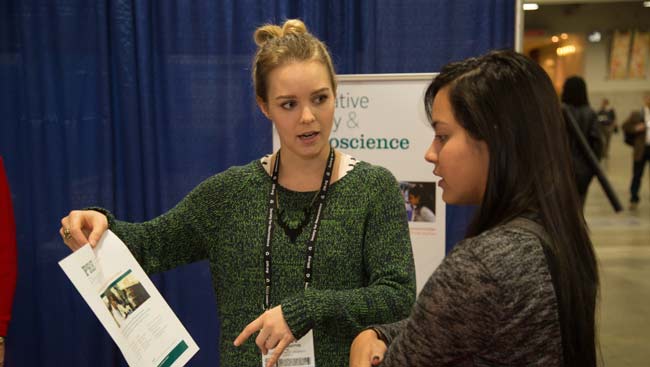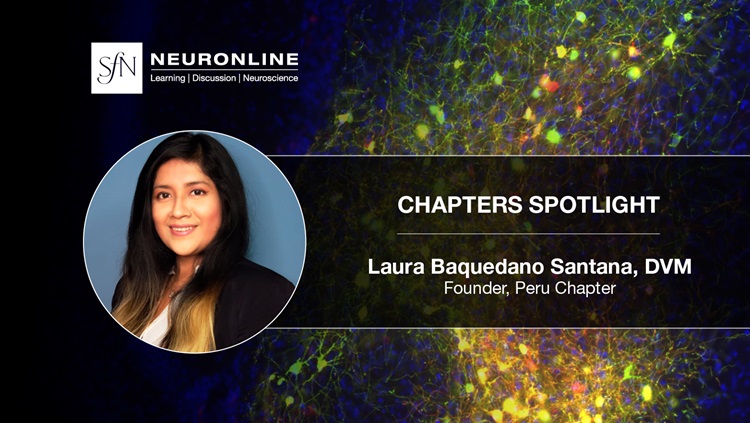
We all know it can be difficult to communicate seemingly obscure scientific information and techniques with nonscientists. The good news is that, like so many skills, you can learn to do so with practice.
These communication tips can help you whether you are attending SfN’s Capitol Hill Day, a dinner party, or when you are speaking to donors or giving an interview to the media:
- Memorize a basic outline of your elevator speech and be able to customize your message for any situation.
- Avoid jargon and complex terminology. Come up with alternative words for scientific terms you use every day.
- Focus on results. Don’t concern audiences with complicated materials, methods, and processes. Concentrate on the “so what” rather than the “what.”
- Know what makes you excited to come to the lab and convey that to your audience. You’ll make them enthusiastic about the entire scientific enterprise.
- Explain how your work will improve human health and our understanding of the unique processes in our brains. People want to know how your research could affect them.
We often talk about how communicating science to the public will benefit the public, but it’s important to remember that the benefits go in both directions.
Talking with nonscientists can be incredibly rewarding. There’s nothing like explaining what you do to renew your enthusiasm for your work.
Adapted from the SfN webinar, Communicating Your Science to the Non-Expert: An Online Workshop.








